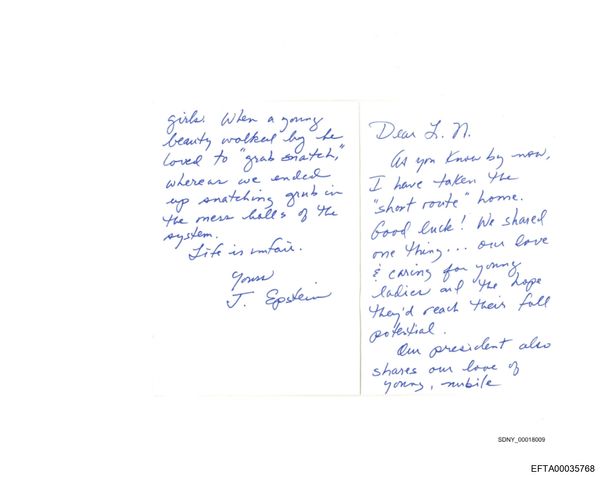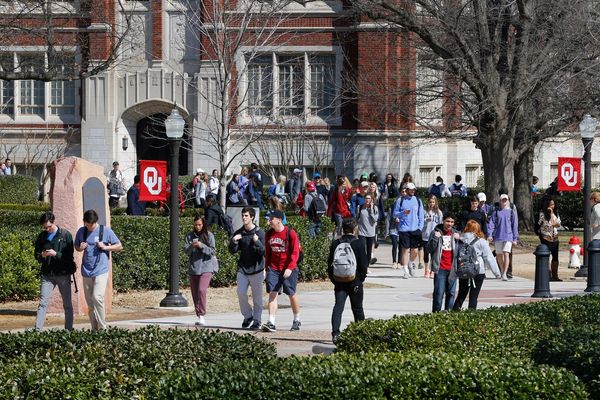
It's the most wonderful time of the year, and Santa is done checking his list and deciding who's been naughty and nice. Of course, whenever he stops by the U.S. Capitol, he finds evidence of a lot of naughty fiscal irresponsibility that has given us a budget and government that overflow with inefficiency and waste. So my holiday wish is that, one way or another, we get some fiscal cheer by putting a few government-run programs under the privatization tree. Let's unwrap the possibilities!
When it comes to deliveries, Santa's sleigh reigns supreme. The U.S. Postal Service, on the other hand, is more like a lopsided toboggan pulled by one reindeer threatening to go on strike. Despite its monopoly on letters and mailboxes, it's running a tab bigger than a Black Friday shopping spree. In 2024 alone, the Postal Service lost $9.5 billion. Without changes, it's on track to lose another $80 billion in the coming decade. Even the Grinch would be shocked by that.
How did we get here? The government post office has some advantages—like sweetheart loans from the Department of Treasury—but this one still can't turn a profit. It's bogged down by inefficiencies and prohibitive union contracts that have eaten up around 75 percent of past budgets. That leaves little room for modernization or improvements. But it still had room for a multibillion-dollar taxpayer-funded program that was supposed to deliver 3,000 electric mail vehicles by now. Only 93 have rolled out.
Privatization could be the gift that saves the Postal Service. Under private ownership, we'd see competition drive down costs and spur innovation. Just look at Germany's Deutsche Post (aka DHL), a largely private entity delivering top-notch service. Or consider the United Kingdom's Royal Mail, privatized a decade ago and now operating with greater efficiency and customer satisfaction. Imagine a Postal Service that works as efficiently as Santa's elves on Christmas Eve. That's the magic of privatization.
Let's privatize Amtrak too. Despite being structured like a corporation, it's owned by the federal government and operates with chronic deficits. Taxpayers fork over more than $3 billion annually to keep it on the tracks, and in 2023 the company lost $150 per passenger on long-distance routes.
And what do we get for our money? If Santa's sleigh ran like Amtrak, Christmas would be delayed until sometime in March. Trains are late, service is underwhelming, and there's little hope for improvement. Much like the Postal Service, Amtrak's inefficiency is tied to union agreements that make it hard to reward high performers or hold poor performers accountable.
Japan offers a shining example of what privatization can do. In 1987, it split its national railways into six regional companies and one freight company, all privately owned. The result? Trains that run on time, efficient service, and satisfied passengers. Privatizing Amtrak could deliver the kind of rail service Americans dream of—without breaking the bank.
Ever felt like navigating an airport is the travel equivalent of untangling strings of Christmas lights? That's because most U.S. airports are government-owned. They're monopolies that don't entertain real competition or innovate in a responsive way. From runway expansions to terminal upgrades, decisions are often driven by politics rather than market demand.
Private ownership of more airports would introduce much-needed holiday spirit. With market competition, airports would have every incentive to improve amenities, reduce wait times, and optimize space. Look at London's Heathrow or airports in Frankfurt and Sydney. All have shown how private operations deliver superior service and financial performance.
Even partial privatization through public-private partnerships has worked wonders, boosting efficiency and capital investment. It might even make holiday travel—dare we say it—enjoyable. Imagine shorter Transportation Security Administration (TSA) lines, cozier waiting areas, and restaurants with food you want to eat and respectable cocktail and wine lists. Santa would surely approve.
Once we've tackled the Postal Service, Amtrak, and airports, there's plenty more to do. How about privatizing air traffic control? Or selling federal lands to local entities better equipped to manage them? The Tennessee Valley Authority could light up private investors' Christmas trees and become a lot better at serving its customers. All those excess federal buildings gathering dust could become valuable assets as other people's workshops (while putting money back in taxpayers' pockets).
Santa's workshop thrives on efficiency, and so should our government. Privatization isn't about cutting corners; it's about unleashing and leveraging the ingenuity and competitiveness of the private sector to deliver better services at lower costs. Countries around the world have embraced it with great success. Here's hoping for some of that same spirit here in America.
COPYRIGHT 2024 CREATORS.COM
The post Privatize the Postal Service, Amtrak, Airports, and More appeared first on Reason.com.







